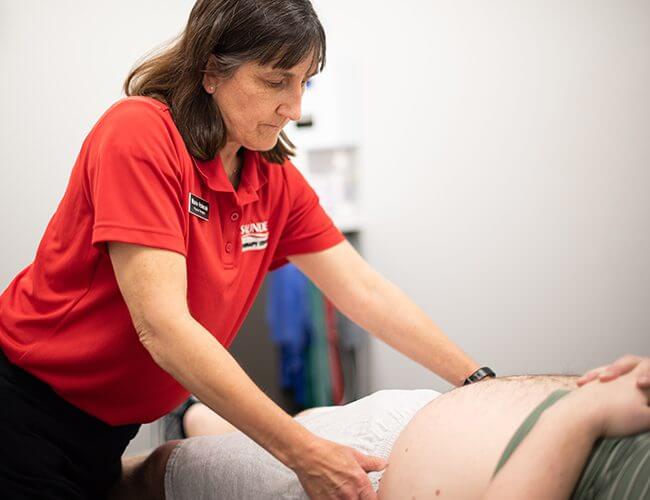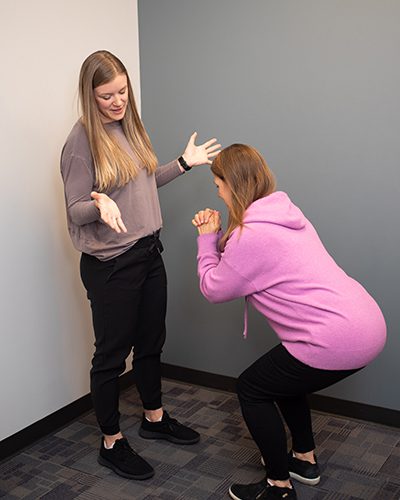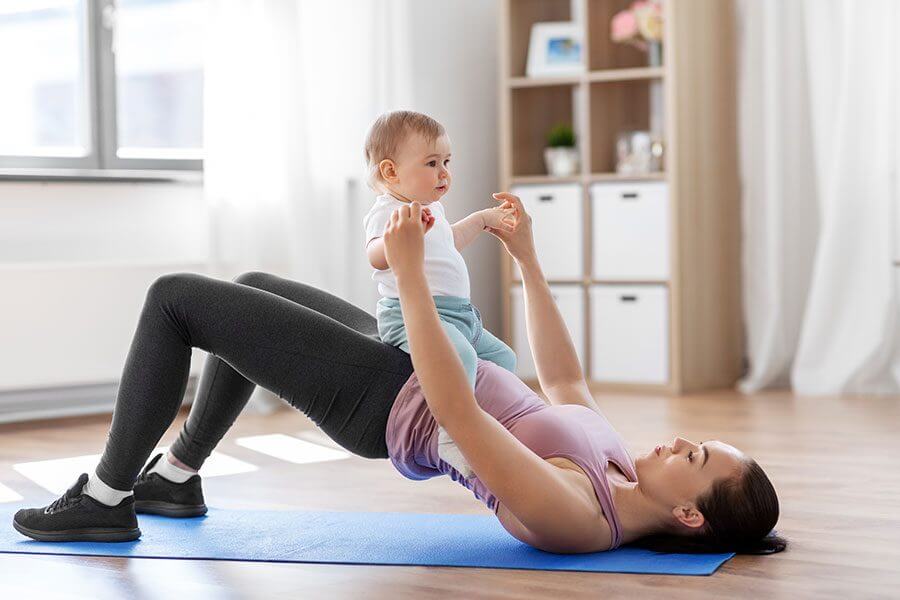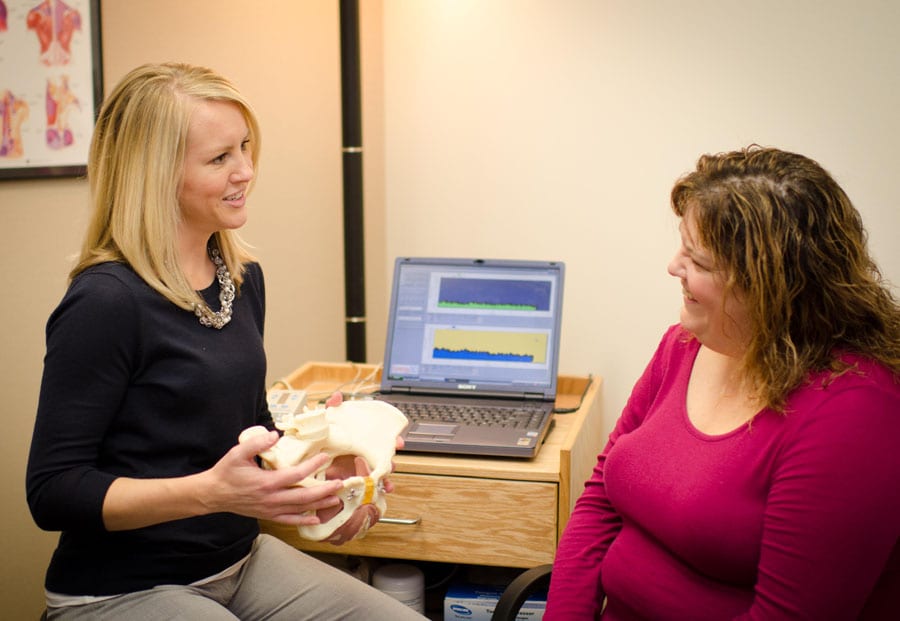Do you have difficulty with control of your bladder when you cough or sneeze? Does walking or running cause your bladder to leak? Do you feel you can barely make it to the bathroom on time? If you answered yes to any of these questions, you are not alone. Up to 20 million individuals struggle with incontinence. Incontinence is not a disease nor is it part of the normal aging process; rather is simply a symptom of an underlying condition. The good news is many people are helped through non-surgical conservative interventions.
People develop incontinence for many reasons including: pregnancy, menopause, prostate problems, and surgery. Incontinence may also be associated with many medical conditions including diabetes, stroke, and multiple sclerosis.
Common Types of Incontinence Include:
|
 |
What can physical therapy do for you?
Saunders Therapy Centers offers specialty physical therapy to help people with incontinence. Our program incorporates simple, effective exercises which strengthen and restore balance to the neuromuscular system that supports the pelvic and/or prostate organs. In addition to exercise, biofeedback is sometimes used to help teach you the correct way to exercise the muscles of continence. This multi-faceted approach, along with behavior modification, typically yields significant improvement in 3-8 weeks for 80% of those seeking treatment, depending on severity.




